Reimagining Atlas Towers: The Oil Corruption System
|
The Blight Atlas: Oil Infusion System Summary
Core Concept: The Blight Atlas transforms Path of Exile 2's endgame into an organic corruption network where players strategically infuse towers with Blight oils to create cascading benefits across entire map regions. Instead of traditional map progression, players manage a living root system that distributes oil corruption through underground networks, fundamentally altering how connected maps look, behave, and reward players. Oil Infusion Mechanics Players collect 10 different oil types (Clear, Sepia, Amber, Verdant, Teal, Azure, Violet, Crimson, Opalescent, Silver, and Golden) with distinct effects ranging from basic quantity bonuses to critical strike improvements. Each oil can stack up to 3 times on towers, creating compound benefits while requiring increasing energy maintenance costs. Strategic oil placement determines not just individual tower benefits, but how corruption flows through the entire Atlas network. Tower Evolution System: Towers evolve through five distinct stages based on oil investment: Seedling (100% benefit pass-through), Growth (125% amplification), Maturation (150% amplification + oil resonance), Dominion (200% amplification + perfect synthesis), and Apotheosis (300% amplification + transcendent corruption). Each evolution stage increases both the number of downstream connections and the amplification of oil benefits distributed to connected content. Downstream Map Impact The revolutionary aspect lies in how tower corruption affects actual gameplay. When you infuse a tower with Verdant Oil (+30% Pack Size), every connected map node receives that bonus - Beach maps, Cavern maps, Underground Rivers all gain increased monster density. At higher tower evolution stages, these benefits amplify dramatically. Observatory maps connected to Golden Oil towers transform visually with golden star-field overlays, corrupted astronomical equipment spawns, and oil seeps through telescope lenses creating entirely new encounter types. Resource Management Challenge: Energy decay prevents "giga juicing" by requiring constant oil maintenance. Higher-tier oils decay faster, creating strategic tension between immediate power and long-term sustainability. Players must balance oil expenditure between expanding their network, maintaining existing corruption, and progressing toward pinnacle content. Network failures cascade - if supporting towers decay, even Golden Oil towers lose downstream connections. The Heart of Blight The system culminates in accessing The Heart of Blight, the league's pinnacle boss encounter. Only players who successfully establish and maintain Golden Oil corruption networks across multiple key towers can challenge this ultimate corruption source. The boss itself evolves based on community-wide oil usage patterns, creating a living endgame encounter that reflects the collective choices of all players. Strategic Depth: Success requires understanding oil synergies, network topology, and energy flow optimization. Crimson + Violet combinations create "Blood storm Resonance" effects, while Azure + Teal generates "Flowing Mastery" corruption. Players must plan corruption paths, manage decay rates, and optimize tower placement to create sustainable networks that enhance hundreds of connected maps while building toward pinnacle access. Visual Evolution The Atlas becomes a breathing, organic landscape where corruption is visible through pulsing root networks, oil-stained architecture, and transformed map environments. Players can identify oil types and corruption levels at a glance, creating an intuitive interface for managing complex network interactions while building toward the ultimate goal of corrupting reality itself through The Heart of Blight encounter. For the full in depth breakdown and a more detailed explanation: https://docs.google.com/document/d/e/2PACX-1vRzTOdsRG33W4ds2LzpWfORT5jpgrtMXMMSkucrPC8AaIyTu-3Q-MwB6VN7m2UnGRq4AAWYtGv8lc1h/pub Last bumped on Sep 5, 2025, 11:30:04 PM
|
|










